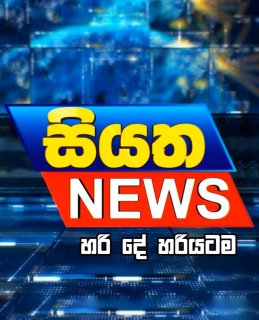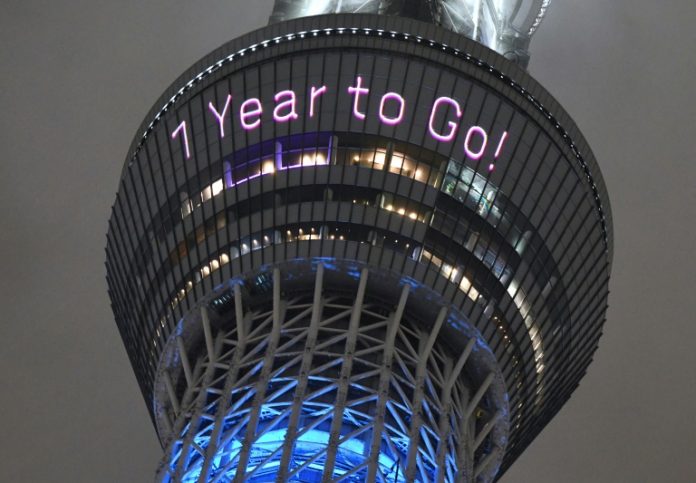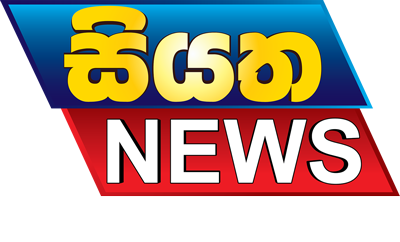US Olympic officials are counting on cutting edge technology to help American athletes refine their training and prepare for the unique challenges of Tokyo in pursuit of another dominant display at the 2020 Games.
Wednesday marks the start of the one-year-to-go countdown to Tokyo 2020, and Finbarr Kirwan, the vice president of summer sport performance for the US Olympic and Paralympic Committee (USOPC), said the milestone was a good opportunity to assess preparations for the Games.
The US topped the medals table in Rio with 46 gold medals and a total of 121.
Kirwan, speaking to reporters on a conference call on Monday, said the USOPC had already fostered sophisticated projects aimed at boosting performance.
That included the use of radar technology to aid the training of athletes in the track and field throws such as shot put, javelin and hammer, which allowed athletes and coaches to better analyze data on flight, speed of release and angle of release to improve performance.
“I think there was a realization coming out of Rio that we basically needed to up our game in the use of technology because other nations were getting the jump on us,” Ireland’s Kirwan said.
At the USOPC’s high altitude training facility in Colorado Springs, Colorado, endurance athletes can artificially experience the kind of high heat and humidity expected in Japan.
“What that allows us to do then is adjust fluid intake, we can look at feeding strategies, there are a whole bunch of things we can put in place to support those athletes,” Kirwan said.
“We’re also looking at straightforward stuff like ice baths. We’re in middle of project with those to make sure our athletes are able to get access to the best quality ice baths that are out there.”
Kirwan said USOPC sports science and medical staff would also work with national governing bodies of all sports to determine “appropriate sleep protocols” for athletes.
“We have experienced athletes, but travelling to Asia you need to be prepared for that,” he said.
Some US Paralympic athletes may have a chance to acclimate by training on US military bases in Japan, Julie Dussiliere, USOPC chief of Paralympic sport, said.
Dussiliere said officials were working with the Department of Defense to try to provide “unique training opportunities” for up to five parasport NGBs to place athletes at bases.
She said such a move “clearly gives us a little bit of a home court advantage in terms of being on a US base surrounded by other Americans with top-notch facilities and group support services.”
There has been plenty of turmoil in the US Olympic movement since the 2016 Rio Games, with the US Olympic chiefs coming under fire for failing to react swiftly when first warned of abuse allegations surrounding former national gymnastics team doctor Larry Nassar.
The scandal has brought Congressional scrutiny, and a reform commission has recommended an overhaul of the USOPC to increase athlete representation.
Amid continuing uncertainties, however, the US team for Tokyo is already taking shape.
Haley Anderson, a 2010 Olympic silver medalist, earned 10km open water silver at the FINA World Championships in South Korea last week to punch her ticket to Tokyo. Open water teammates Ashley Twichell and Jordan Wilimovsky also qualified.
While America’s powerful pool swimmers and track and field athletes will be tested at World Championships this year before they try to qualify for the Games next year, the upcoming Pan American Games in Lima will offer competitors in some sports a path to Tokyo.
“An exciting time,” Kirwan said.







